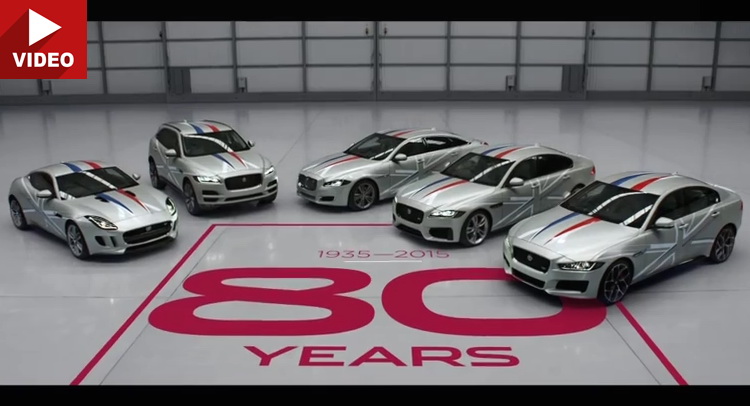With a lineup covering the bulk of the premium market, Jaguar might be right to feel confident as long as their cars keep putting up a good fight against direct rivals.
When you’re building premium automobiles, you need to make sure that you can provide transportation via at least three different-sized saloons, an SUV (regardless of size) and a sports car. Everything in between is a bonus, because without these types of models, your chances of competing against the “big boys” start going down.
Right now, Jaguar can pin the XE against the A4/3-Series/C-Class, the XF against the A6/5-Series/E-Class and the XJ against the A8, 7-Series and the S-Class and those are your saloons. Building a “tweener” such as a BMW 4-Series Gran Coupe or a 6-Series Gran Coupe is not a must.
In terms of sports cars, the Jaguar F-Type doesn’t really need to break a sweat against anybody. It’s gorgeous to look at and it’s fun to drive, which makes it a hit, regardless of how things may look on paper against faster German models.
As for the SUV segment, Jaguar are preparing to plant a flag here too, starting with the new F-Pace, a premium compact SUV, set to battle against the Mercedes GLC, BMW X3, Audi Q5 and even the Porsche Macan.
Also, calling the F-Pace “the most practical Jaguar Sports car ever” is interesting but not necessarily true. No SUV can ever be a sports car, yet we are indeed looking at the most practical Jaguar ever – and since Jaguar are well known for their sports cars, I guess you can play around with those words and phrase it that way.
Jaguar are also boasting about their cars’ aluminum architecture, which is fair, since building lightweight models is crucial in today’s world – if you want to be able to stand shoulder to shoulder with your direct rivals that is.



